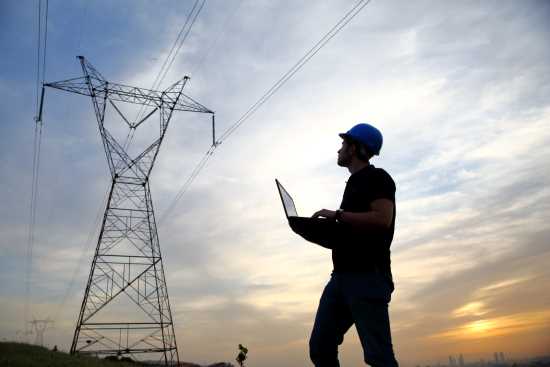Preparing for the Evolving Energy Grid
The world is changing, and so are its energy needs and sources. The current energy grid was designed around centralized power plants that generate a one way power flow. This system, though it works admirably when the dominant energy source is fossil fuels, is not an effective design in a world where renewables are becoming more and more viable.
This article will discuss changes in the current energy grid and how to best prepare for the future.

Understanding the Grid’s Changes
Whether you’re an advocate for the complete transition to renewables or believe that fossil fuels are the only reliable source of energy, you can’t argue that the world of energy production is changing in a drastic way. In fact, data gathered by the Energy Information Administration – the body responsible for disseminating energy information in order to promote effective policy making – explains that wind power is poised to surpass hydroelectricity as the most prolific renewable energy source in the United States.
With that said, some of the main questions that energy providers must answer are:
- How can facilities and substations be maintained and retrofitted in a changing energy landscape?
- How much of the U.S. energy is renewable, and what will that ratio look like 10 years from now?
- What is the future of energy?
Ultimately, few facilities can afford to have their operations paused due to unexpected downtime, as this will result in thousands of households being plunged into darkness. Given the need for uninterruptible power and the unpredictable nature of wind and other green alternatives, laying out the foundation for the next generation smart grid can be complex.
Drawbacks of the Current System
Unfortunately, the current system is in need of an overhaul, and not just because fossil fuels are becoming increasingly difficult to come by. The largest drawback is neither the scarcity of oil, coal or natural gas, nor their contribution to climate change (though that is substantial); it is the tenable balance between supply and demand of energy derived from renewable sources.
Fossil fuel, to an extent, is an asset that is easy to manage. Wind power on the other hand often produces too much or too little energy to meet demand and therefore lacks efficiency. Generally speaking, the wind farms that are currently in operation produce more electricity at night than they do during the day so there is quite a disparity between when the energy is produced versus when it is needed.
Of course, technology – such as monitoring software, PLC and SCADA systems – can be used to better manage the supply of green energy and help keep fluctuations to a minimum. The existence of this technology, however, is not an immediate solution. Due to the aging infrastructure of many substations currently in operation, a significant investment in new hardware is required to connect the facilities that produce renewable energy to the localized stations that will distribute it for use.
Despite the fact that the capacity to harness renewable energy is increasing all the time, and the fact that substations lack the resources to quickly transition to a smart grid that provides smart energy, facility managers should still make incremental changes that will allow them to better integrate renewable energy sources when it makes financial sense to do so. Over the long term, the result will be a more efficient and diversified energy supply with a reduced risk of unplanned downtime.
Mitigating Consequences
Monitoring software is a technology that could be used to help bridge the gap between renewable energy sources and aging substations – but how would it work, exactly? Deploying a compatible HMI (Human Machine Interface) system could provide operators working in a substation with real-time information relating to any potential supply disruptions occurring at source.
For example, if one of the wind farms that feeds into the substation is experiencing a drop in supply – due to weather conditions or unplanned maintenance activities – the operator could plan for the reduced supply and tap another source. Since renewable volatility goes both ways, operators could likewise be alerted when the wind farm is generating greater than normal amounts of energy and make an adjustment to accommodate the surge. Surges can place an incredible amount of strain on a power grid and can cause equipment to fail and cause blackouts. The more renewable energy collected, the greater the chances are that surges will occur. Thus, monitoring technology is a vital component to mitigating negative consequences.
The energy grid is changing for the better. However, with those changes come a number of new and difficult challenges to manage. As renewable energy sources, such as wind, solar and hydroelectric, make up more of our power supply, we must prepare for how we will manage and distribute the continuously evolving power supply.
These new renewable power plants, such as wind and solar farms, will also occupy large amounts of space and will undoubtedly require a vast body of technicians and engineers to maintain them and conduct repairs. As such, demand for technicians will rise, as this expertise will be needed to keep our future power grid operational.
If you have any questions about our Electronics, Electromechanical Technician or PLC Technicians programs, you can reach one of our Program Consultants toll free at 1-888-553-5333 or by email at [email protected].
